Hamyang Ildoo Gotaek
0m 7820 2021-04-09
50-13, Gaepyeong-gil, Jigok-myeon, Hamyang-gun, Gyeongsangnam-do
+82-55-962-7077
The Old House of Ildu in Hamyang is the birthplace of Jeong Yeo-chang (1450-1504, pen-name: Ildu), a great Neo-Confucian scholar of the Joseon Dynasty. It is situated at the center of Gaepyeong Village, where many members of the Hadong Jeong clan and the Pungcheon Roh clan settled, in Jigok-myeon, Hamyang. The house is considered an invaluable historic material for studies on the architectural style of the 17th to 18th centuries and the history of the Joseon Dynasty.
The house covers a total area of 9,917m2 and consists of the haengrangchae (servants’ quarters), sarangchae (a detached building used as a reception room for male guests), jungmunganchae (middle gate building), anchae (the inner house), araechae (outhouse near the gate), gobang (storeroom), shrine, gotganchae (warehouse), and a tall gate. Upon entering the house, visitors will notice an earthen wall that divides the sarangchae, which is built on a high foundation, from the other spaces so as to prevent visitors from looking inside the women’s spaces and shrine. The house’s most distinguished feature is the sarangchae, whose role and size were expanded, unlike other hanok houses at that time. The sarangchae was built in a “ㄱ”-shaped layout and is connected to the “ㅡ”-shaped jungmunganchae. Notably, the sarangchae’s numaru (attic, upper floor) is a well-designed library that attests to the scholarly spirit of Jeong. After entering via the Ilgagmun Gate (front gate with two posts and a roof), a middle gate comes into view. After passing this gate, there is the “ㅁ”-shaped anchae, or women’s quarters, with a courtyard. Then, after passing a room of the anchae, there is the gotganchae flanked by the shrine and the an-sarangchae.
Currently, the house provides a variety of accommodation including four rooms in the haengnangchae, two rooms in the an-sarangchae, and three rooms in the sarangchae. The latter two are equipped with outside toilets. In particular, the sarangchae, as the core space of the house, offers an open view of Seokgasan Mountain from the numaru (upper floor) of the Takcheongjae Building. Although the house is designed and decorated with antique household objects, furniture and interior items, the toilets and bathrooms are modernized for guests’ convenience.
As the Old House of Ildu has been designated as National Folklore Cultural Heritage No. 186, it is maintained by the local administrative office. However, Jeong Ui-gyun, an 18th-generation descendant of Jeong Yeo-chang, lives in a house in the orchard opposite the Old House of Ildu, and comes and goes constantly. Although cooking is not possible at the house, Jeong allows guests to have a garden party or cook in his large garden next to the detached building.
Solsongju Cultural Center (솔송주문화관)
76.34033624120796m 0 2024-01-26
50-6 Gaepyeong-gil, Jigok-myeon, Hamyang-gun, Gyeongsangnam-do
Solsongju is a liquor distilled after steaming pine sprouts picked from the mountains around Gaepyeong Village from April to May and fermenting them with hard-boiled rice in the crude liquor. It has been introduced several times as a toast at summit dinners and international events. Solsongju Cultural Center, located at the entrance of Gaepyeong Hanok Village, is a space that informs the history and tradition of Solsongju. Park Hong-seon, an Intangible Cultural Property holder with the secret of Solsongju passed down for more than 500 years, has operated this cultural center with her husband for nearly 30 years. Visitors can experience a variety of traditional liquor, including Solsongju, made using traditional tools; Nokpaju, an herbal liquor of the Goryeo period; and Damsol, a rice soju, and you can also try tasting them. These can be consumed as is or as various cocktails. There are four types of cocktails in the cocktail-making experience: Damsol Julep, Solbaram, Damsol Tea, and Damkok.
Gaepyeong Hanok Village (개평한옥마을)
107.10900225572205m 48574 2024-01-31
59 Gaepyeong-gil, Jigok-myeon, Hamyang-gun, Gyeongsangnam-do
Gaepyeong Hanok Village is where more than 60 large and small hanok (traditional Korean house) buildings with over 100 years of history are located within a traditional atmosphere. The village was named Gaepyeong using the letter gae (meaning “stuck between") as it is situated between Deokgaecheon Stream and Silgaecheon Stream. Visitors can observe the typical form of Gyeongsang region's yangban (aristocrat) house in this village, known as the hometown of scholars and writers since ancient times. The historical House of Ildu, which stands out first when entering Jigok-myeon where Gaepyeong Hanok Village is located, was also used as a filming location for dramas such as "Mr. Sunshine (2018)" and "Toji, the Land (2004)." The scenery of the stone walls, in harmony with the antique hanok, offers a calming sensation. In addition, visitors can participate in various experience programs, such as pressed flower craft, dasik (tea confectionery) making, and walking on trails held throughout the village, as well as gochujang (red chili paste) making at Roh's Old House of Gaepyeong-ri, which has the oldest anchae (women’s quarters) in the village.
Jirisan Taegojae (Jeongilpum Farm) (지리산태고재 (정일품농원))
172.82753820780553m 0 2024-01-08
39-2 Gaepyeong-gil, Jigok-myeon, Hamyang-gun, Gyeongsangnam-do
Located on a hill overlooking Gaepyeong Hanok Village, this place is popular as it serves as a filming location for many movies and dramas, including "Mr. Sunshine (2018)." It is a unique traditional hanok (traditional Korean house) complex with tile-roofed houses and thatched houses, presenting guests with a quiet night stay at hanok. It consists of Jeongilpum, Traditional Room, Hakseondang, and Chwiundang, with a total of 10 rooms. In particular, thatched houses are a traditional architectural form that is difficult to find elsewhere, so staying over at least once is recommended. It is also famous for its Korean table d’hote restaurant. The traditional Korean food made with seasonal ingredients is served only to in-house guests.
Umyeongri [Korea Quality] / 우명리 정씨고가(효리댁) [한국관광 품질인증]
2.3 Km 5569 2020-09-03
6, Hyori-gil, Sudong-myeon, Hamyang-gun, Gyeongsangnam-do
+82-70-4257-4110, +82-10-5356-4116
The village name “Woomyeong" means "The village where the oxen moo" in Korean. According to Korean feng shui, the village looks like an ox regurgitating in a comfortable crouching position. For farmers in the olden days, an ox was the symbol of prosperity and peace. This village has been regarded as one of the most fertile and prosperous areas in Korea. It was also the hometown of a famous scholar named Jeong, whose house now serves as a pension. The village has another name, “Hyo-ri,” which means "a village of devoted sons" in Korean, because the village was famous for having many devoted sons throughout generations. The pension is commonly called "Hyo-ri House" among the locals because the big house with a large field is regarded as the center of the village. The owner of the house transformed it into a pension in 2013, because he thought it would be nice to provide a comfortable place for visitors where they can just lie down on the wooden floor and look up the sky. There haven’t been many guests so far, but the owner says that his house can serve as a place where the guests can benefit from the good energy surrounding the village and learn history and culture during their stay. Guests are also welcome to pick vegetables from the field during their stay in the traditional Korean house and learn how the Korean scholars lived and studied in a farming family in the past.
Namgyeseowon Confucian Academy [UNESCO World Heritage] (남계서원 [유네스코 세계문화유산])
2.4 Km 33367 2024-01-08
8-11 Namgyeseowon-gil, Sudong-myeon, Hamyang-gun, Gyeongsangnam-do
Namgyeseowon Confucian Academy was established in 1552 as the second Confucian academy in Korea after the Sosuseowon Confucian Academy located in Yeongju, Gyeongsangbuk-do. Seowon refers to a private educational institution of the Joseon period founded to perform Confucian rituals and nurture talent. “Namgye” is named after the Namgyecheon Stream flowing in its front. It was destroyed by in 1597 during the Imjin War (1592-1598) and rebuilt in 1612. Located on a low hill, it provides an open view of Gaepyeong Hanok Village beyond the field and the stream.
Hamyang Daebong Mountain Valley Resort (함양대봉산휴양밸리)
4.7 Km 0 2024-02-21
331 Byeonggokjigok-ro, Byeonggok-myeon, Hamyang-gun, Gyeongsangnam-do
Hamyang Daebong Mountain Valley Resort is a recreation and tourism complex at the foot of Daebongsan Mountain in Hamyang. This resort boasts an array of attractions, including a mountain monorail and a zipline, offering exhilirating experiences amidst natural beauty. Addtionally, guests can enjoy various accommodation and and camping facilities, along with a forest park, blending adventure and relaxation seamlessly. The zipline itself, positioned 1,200 meters above sea level, spans an impressive length of 3.27 kilometers, providing an unforgettable aerial journey over the landscape.
Nogane (노가네)
6.1 Km 0 2024-01-08
283 Noegye-gil, Hamyang-eup, Hamyang-gun, Gyeongsangnam-do
Nogane's specialties include samgyetang (ginseng chicken soup) and ori baeksuk (whole duck soup), Korea’s representative nutrient-rich foods that warm up the body and boost stamina. They are even more special because of shingled hedgehogs (with a unique scent, taste, and chewy texture, cultivated in broad-leaved forests) and precious wild ginsengs that are hard to acquire. The representative menu, neungi samgyetang (shingled hedgehog and ginseng chicken soup), has a soft texture from fully cooked large chicken and a rich soup full of mushrooms and chives. Thanks to the taste of the soup, rich with a lot of medicinal ingredients, this restaurant has a constant stream of visitors. Side dishes such as kimchi and pickles that boost the appetite are also neatly served.
Hamyang Wild Ginseng Festival (함양 산삼축제)
6.3 Km 15559 2023-09-06
49, Pilbongsan-gil, Hamyang-gun, Gyeongsangnam-do
+82-55-964-3353
Hamyang Wild Ginseng Festival is held at Hamyang Sangnim Forest, a Natural Monument. The area of Hamyang stretches across Jirisan Mountain and Deogyusan Mountain and features high quality wild ginseng and herbs that bring many domestic and overseas visitors to the area. This healthy well-being festival helps to promote and distribute wild ginseng and herbs produced in Hamyang.
Sangnim Park (상림공원)
6.3 Km 39916 2021-11-24
49, Pilbongsan-gil, Hamyang-gun, Gyeongsangnam-do
+82-55-960-5756
Hamyang is well known for its beautiful mountains and clean waters. Sangnim Park, located in Hamyang-gun, Gyeongsangnam-do, has beautiful sceneries throughout the year as well as various attractions including pavilions, memorial plaques, walking trails and more. The park was formed during the Unified Silla period, providing deep history as well as a place to relax.
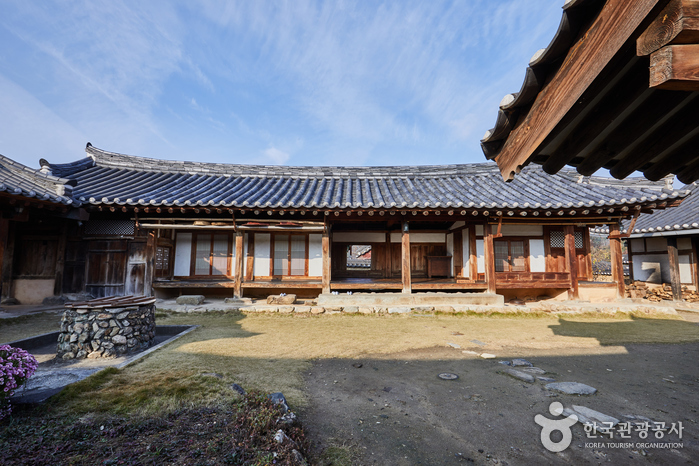
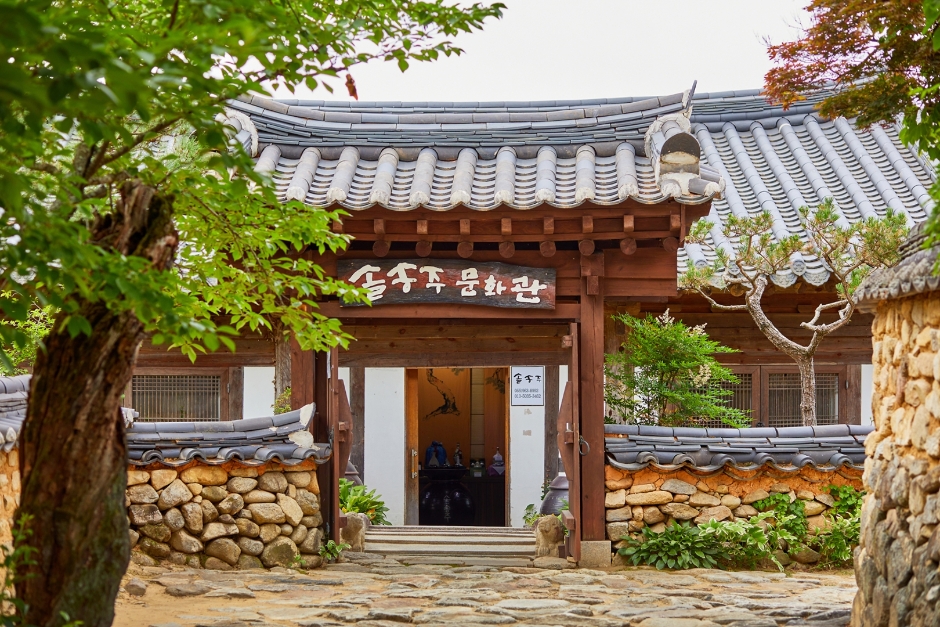

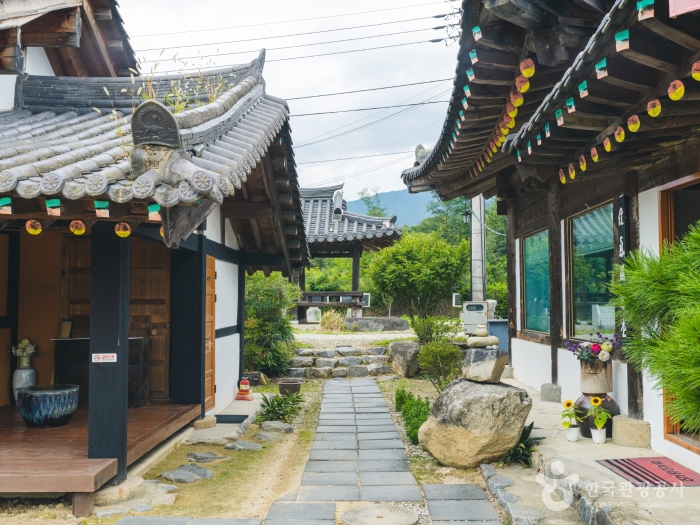
![Umyeongri [Korea Quality] / 우명리 정씨고가(효리댁) [한국관광 품질인증]](http://tong.visitkorea.or.kr/cms/resource/78/2572478_image2_1.jpg)
![Namgyeseowon Confucian Academy [UNESCO World Heritage] (남계서원 [유네스코 세계문화유산])](http://tong.visitkorea.or.kr/cms/resource/63/2996963_image2_1.jpg)
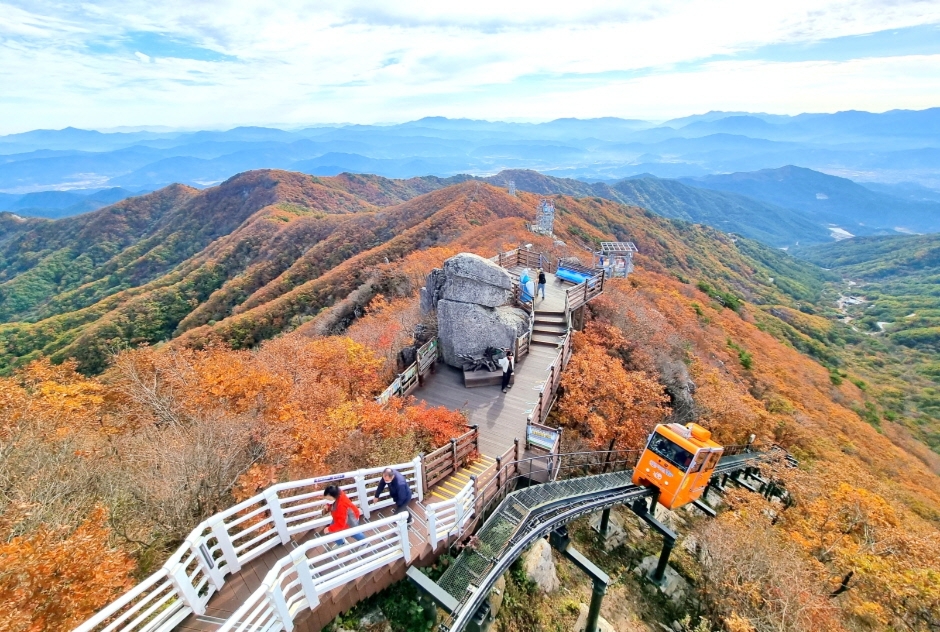
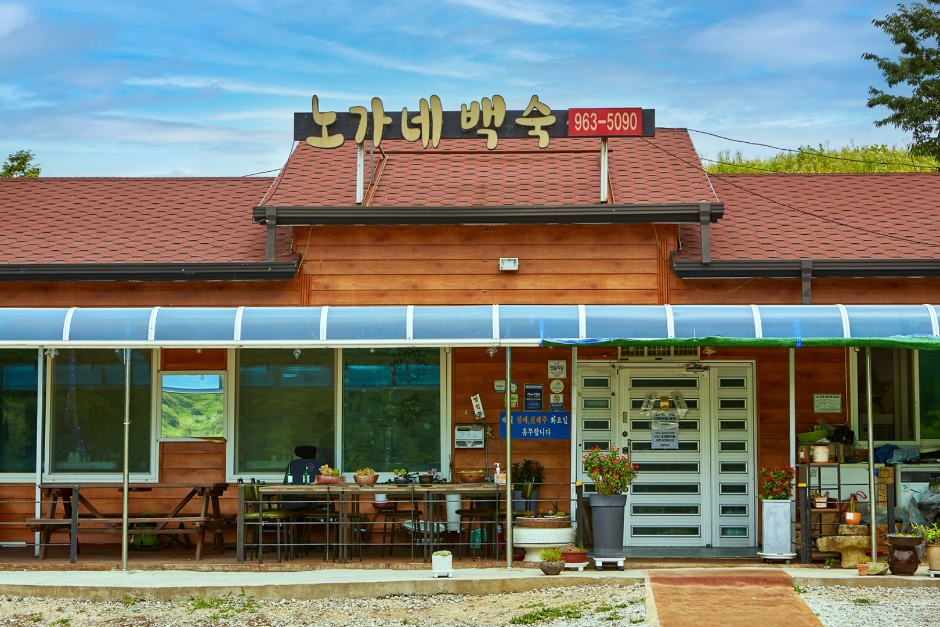
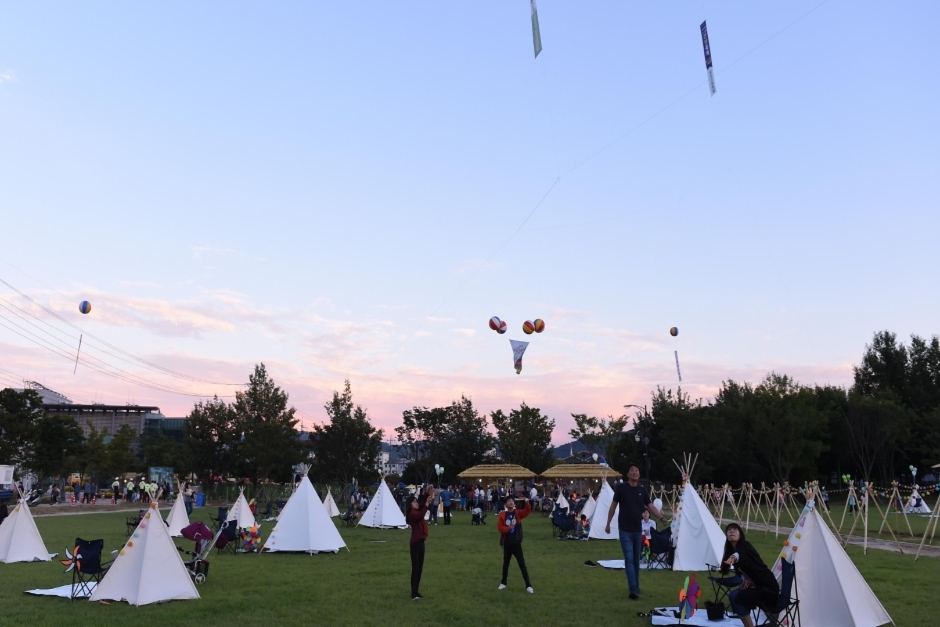
 English
English
 한국어
한국어 日本語
日本語 中文(简体)
中文(简体) Deutsch
Deutsch Français
Français Español
Español Русский
Русский